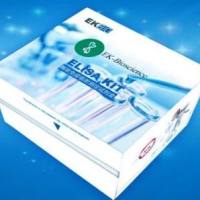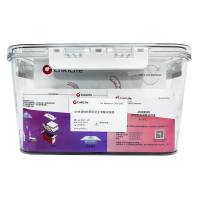Western Blot Detection of Adrenergic Receptors
The power of polyacrylamide gel electrophoresis in resolving individual proteins in complex mixtures permitted the application of follow-up techniques to identify the separated components. A popular follow-up technique is immunoblotting (often referred to as Western blotting), which is used to identify specific antigens recognized by antibodies (1 ). Membrane-bound or purified adrenergic receptors (ARs) are solubilized with sodium dodecyl sulfate (SDS) and reduced with dithiothreitol (DTT). After solubilization, proteins are separated by electrophoresis on SDS-polyacrylamide gels (2 ). The separated proteins are electrotransferred “blotted” from the gel onto the surface of an inert membrane, such as nitrocellulose, polyvinylidene difluoride (PVDF), or nylon membrane. The proteins may be transferred in a tank or by a semidry apparatus to the membrane support (1 ,3 –5 ). The proteins are immobilized on the surface to become accessible to interaction with immunodetection reagents. To probe for specific antibody–antigen reactions, excess binding sites are blocked by immersing the membrane in a blocking solution containing albumin, nonfat milk, or detergent, such as Tween-20 (6 ). The membrane is probed with an appropriate dilution of the primary antibody, washed, and the antibody–antigen complexes are tagged with a secondary anti-IgG antibody coupled either to horseradish peroxidase (HRP) or alkaline phosphatase (AP) (1 ,7 ).
![预览]()






